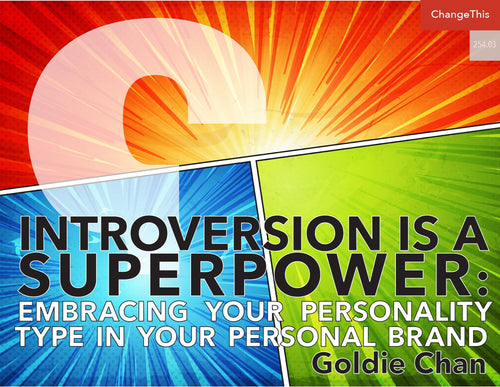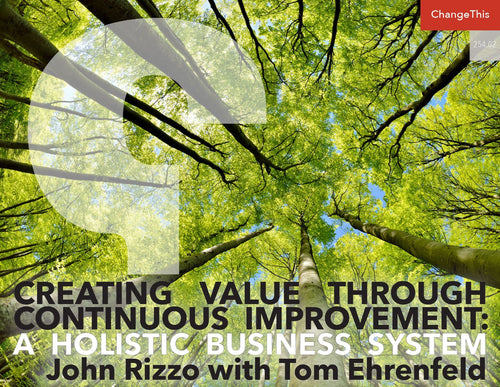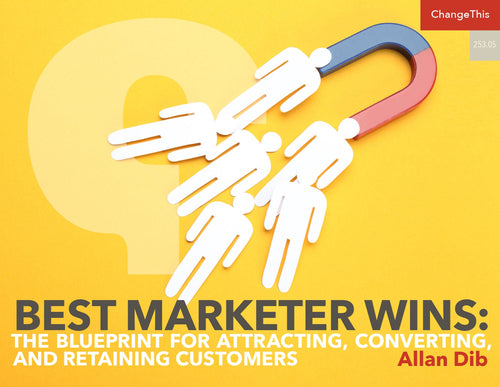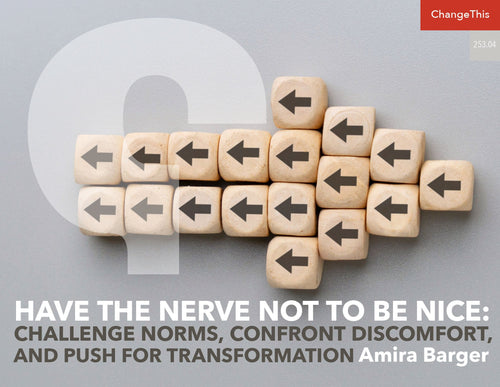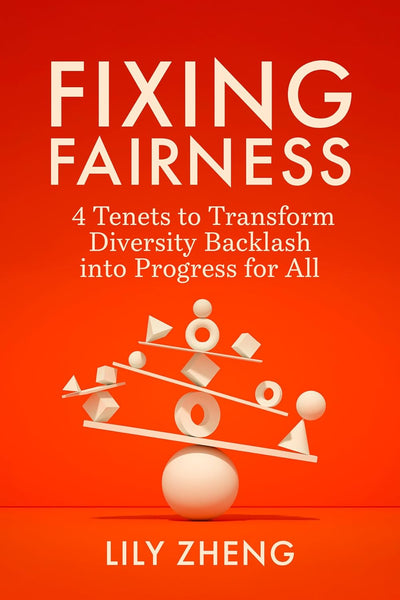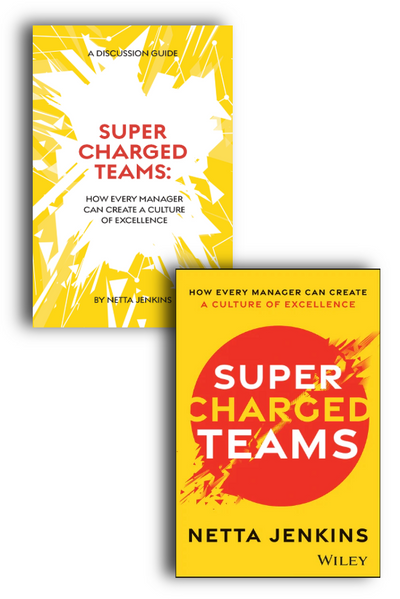The Disruptor’s Dilemma: Hard Truths about Big Change—and More Sustainable Ways to Invent the Future
REFLECTIONS OF A DISILLUSIONED DISRUPTOR
My name is Bill Taylor. I’m the cofounder of Fast Company, the first magazine to name and claim the New Economy. “A revolution is changing business,” we declared back in 1995, “and business is changing the world.” I’m also the author of three books on strategy and leadership filled with this same revolutionary spirit. But I now consider myself a Disillusioned Disruptor, a voice for radical change chastened by much of what has been wrought in its name. Allow me to explain…
I HAVE SPENT THE LAST 25 YEARS HERALDING THE PROMISE OF BUSINESS TRANSFORMATION AND STRATEGIC REINVENTION—digital technologies that upend whole industries, entrepreneurs and executives who conduct themselves as rebels, renegades, rabble-rousers. If I identified a game-changing idea that turned conventional wisdom on its head, I advocated to expand its reach. If I discovered a fast-growing company that was tormenting its bigger rivals, I immersed myself in its culture and showcased its strategies. If I encountered an economic downturn, a financial market meltdown, even a global pandemic, I argued that tough times were the best times to innovate. A crisis, after all, is a terrible thing to waste.
It’s been energizing… and exhausting. Hopeful… and troublesome. Inspiring… and disillusioning. Part of the problem is the natural tendency for business culture, especially American business culture, to take even sound ideas to absurd excess. Back in 1997, when Clayton Christensen published his landmark book The Innovator’s Dilemma and introduced the world to “disruptive innovation,” he could not have imagined the craze he would spawn— an industry of thinkers, consultants, entrepreneurs, even life coaches, who urged their colleagues and clients to “disrupt” their industries, their companies, themselves. I suppose my Fast Company colleagues and I were “disruptors” before disruption was cool. After all, the cover of our premiere issue described “The New Rules of Business,” the last of which was, “Break the Rules!”
I still believe in the intellectual agenda around which we launched Fast Company and in the core messages of my books. But so much of the good sense and original thinking that fueled that agenda has been disfigured beyond recognition. Warren Buffet once observed that business breakthroughs follow a self-destructive rhythm powered by the “3 I’s.” First come the Innovators, who launch something original, then the Imitators, who cash in on the idea, and finally the Idiots, who bring it all crashing down. The last few years have felt like a validation of Buffet’s warning, from the excesses of startup founders like Uber’s Travis Kalanick and WeWork’s Adam Neumann to the dark side of upbeat rallying cries like Free Agent Nation and the Sharing Economy.
That’s why it is time to reckon with what I think of as the Disruptor’s Dilemma: So many of us have been so eager to change so much so quickly, and so confident about the impact of our ideas. Yet the results of this unbridled enthusiasm for radical innovation and “creative destruction” have been sobering, at times outright disastrous. Those of us who care about inventing a better future for business and society need a new perspective on change that encourages leaders to think a little smaller, to act with a lot more humility, to focus on step-by-step, person-to-person connections and conversions that generate sustainable progress rather than greed, scandal, and unmet promises.
What follows, then, are hard truths about big change, and more sustainable ways to invent the future—strategies for making deep-seated, meaningful progress in companies and organizations that embrace patience and resolve, that revel in the small miracles that lead to major advances, that recognize how hard it is to do big things if leaders don’t pay attention to the little things that actually move people.
TO SOLVE BIG PROBLEMS, FOCUS ON SMALL WINS
It is tempting, during trying times such as an economic downturn or a public-health crisis, for leaders to respond to big problems with bold solutions—a radical shift to reinvent a struggling business, a no-going-back commitment to virtual teams and remote work. I’d argue for a different response: The best way for leaders to face huge problems is to embrace a gradual, improvisational, quietly persistent approach to change that Karl E. Weick, the organizational theorist and distinguished professor at the University of Michigan, called “small wins.”
Weick is an intellectual giant; over the past 50 years, his concepts such as loose coupling, mindfulness, and sensemaking have shaped our understanding of organizational life. But perhaps his most powerful insight into how we best navigate treacherous times is to remind us that when it comes to leading change, less is usually more. In a classic paper published in 1984, Weick bemoaned the failure of social scientists like himself to understand and solve social problems. “The massive scale on which social problems are conceived often precludes innovative action,” he warned. Leaders often define problems “in ways that overwhelm their ability to do anything about them.” Ironically, he concludes, “people can’t solve problems unless they think they aren’t problems.”
Hence the power of small wins. Weick defines a small win as “a concrete, complete, implemented outcome of moderate importance.” On its own, one small win “may seem unimportant,” he concedes. But “a series of wins” begins to reveal “a pattern that may attract allies, deter opponents, and lower resistance to subsequent proposals.” Small wins “are compact, tangible, upbeat, [and] noncontroversial.” Moreover, since “small wins are dispersed, they are harder to find and attack than is one big win that is noticed by everyone…who defines the world as a zero-sum game.”
Today, Weick’s paper is considered a landmark, not just because of its counterintuitive strategies on how to improve society and organizations, but because those strategies are built on deep insights into human psychology. Any effort to change a company or improve a community creates stress, a certain amount of which leads to commitment, action, and what Weick calls “arousal.” But too much of anything is a bad thing: “Highly aroused people find it difficult to learn a novel response, to brainstorm, to concentrate, to resist old categories…” Just the right level of stress—say, the level of stress generated by the search for small wins—creates a psychological hardiness that allows leaders and their allies to draw on “imagination, knowledge, skill, and choice.”
Change initiatives built on small wins have another virtue: When things go bad, it leads to modest disappointments rather than catastrophic setbacks. In a paper published eight years after Weick’s case for the power of small wins, and in an obvious nod to that work, Sim B. Sitkin, a professor at Duke University, made the case for a “strategy of small losses.” The problem for leaders who shoot for too much success much too fast, Sitkin argued, is that their rank-and-file colleagues also see the possibility of missteps and mistakes, and understand the high stakes when things go wrong. So people often fail to act, rather than act and fail, since they are less likely to suffer the consequences of bold moves they did not take. A more sustainable model of change, Sitkin argues, is to embrace opportunities for “intelligent failures”—missteps and mistakes that provide “small doses of experience to discover uncertainties unpredictable in advance.”
DON’T JUST CHAMPION RADICAL IDEAS, STRENGTHEN REAL-WORLD CONNECTIONS
The dogma of disruption has convinced many leaders, even in boom times, to bet the future on radical, brash, game-changing ideas: digital transformation, product reinvention, organizational redesign. All too often, though, leaders who champion future-forward ideas overlook the human and emotional connections that keep their colleagues confident, connected, and engaged.
Sure, successful change leaders think differently from everyone else. But they also care more than everyone else—about customers, about colleagues, about how the whole organization conducts itself when there are so many opportunities to cut corners and compromise on values. In a world being utterly reshaped (and often disfigured) by technology, people are hungry for a deeper and more authentic sense of humanity.
That’s why I encourage leaders to worry less about blue-sky thinking and more about their “three feet of influence.” These days, “three feet of influence” sounds less like a way to spark change and more like a way to spread Covid-19. But the term originated in the meditation community to express the proposition that the first step to making a big difference in the world is to focus on that short distance between you and those closest to you: friends, neighbors, colleagues. Even if you aspire to vast structural change, progress begins by convincing flesh-and-blood individuals of the virtues of your cause and persuading them to take steps towards solutions.
The term was coined by Sharon Salzberg, a central figure in the field of meditation, and cofounder of the Insight Meditation Society (IMS), one of the Western world’s oldest meditation-retreat centers. Before the pandemic, I spent a long afternoon on the wooded IMS campus with Sharon, who has spent more than 35 years as a celebrated meditation instructor, and who now works extensively with caregivers, teachers, and social-change activists—well-meaning people with big goals who want to make a positive difference. One of her core messages to these students is that few leaders “are powerful enough, persuasive, persistent, and charismatic enough to change the world all at once,” even if they are desperate to do so. So “the world we can most try to affect is the one immediately around us”—the people, places, and experiences we can see and shape for ourselves. It is a vital insight, one that is supported by both spiritual advisors and mountains of social-science research: Big change calls for big ideas, but lasting change is built on real-world connections. Small gestures of connection send important signals about who we are, what we care about, and what really matters.
INVITE EVERYONE TO BECOME A CHANGE AGENT, THEN INVITE THEM TO FIX THINGS
One of the great weaknesses of the dogma of disruption is that it often relies on so few to do so much—a larger-than-life CEO who transforms a company, a team of engineers who develop a technology that overturns an industry. This top-down, high-stakes perspective on change makes for great drama, but rarely describes reality. More than a decade ago, Professor Saras D. Sarasvathy published an influential study of how innovators and entrepreneurs actually get things done. The mythology of entrepreneurship and change, she argues, is that successful innovators predict a future others can’t see, develop a finely tuned plan to turn that future into reality, and attract the financial and human resources to back their efforts. In fact, most entrepreneurs and innovators start with “who they are” (their “traits, tastes, and abilities”); use “what they know” (their “training, expertise, and experience”); and add “whom they know” (their “social and professional networks”). She calls this approach the “bird-in-the-hand principle”—in real life, entrepreneurs and innovators do what they can, with what they’ve got, where they are. Meaningful, deep-seated change should not be considered “an incredibly risky act of heroism,” Sarasvathy explains. “It is something you can do within the constraints and possibilities of your normal life.”
A bit of business history brings Sarasvathy’s insights to life. A few years back, I immersed myself in the customer-service transformation of Mercedes-Benz USA, the sales-and-service arm of the German automaker. When Stephen Cannon became CEO of Mercedes-Benz USA, he recognized that success was about more than just how well his vehicles drove. It was about how much the 23,000 people who sold and serviced the cars cared and how they behaved. “Every encounter with the brand,” he declared, “must be as extraordinary as the machine itself.”
Initial efforts to elevate the dealership experience relied on instructions, processes, rule books and manuals—top-down formulas that generated formulaic responses. So Cannon and his colleagues adopted a bottom-up strategy—searching for moments of remarkable service that were happening on their own, shining a spotlight on them, showing others what was possible. “There is no scientific process, no algorithm, to inspire [people] to do something extraordinary,” he learned. “The only way you get there is to educate people, excite them, incite them. This is not about following instructions. It’s about taking a leap of faith.” Or as Harriet Rubin, one of the great innovators in publishing once explained, when it comes to leadership and change, “Freedom is a bigger game than power. Power is about what you can control. Freedom is about what you can unleash.”
TO SUSTAIN CHANGE, REMEMBER THAT PRIDE AND JOY ARE MORE IMPORTANT THAN MONEY AND PERKS
In just about every field, in good times or bad, the competitive environment gets more grueling every day, which means people have to be at their most creative and determined every day. Lucrative stock options and generous perks, not to mention high expectations and tough-minded evaluations, can coax people to raise their game and embrace change. But people are more likely to do things in exceptional ways if they believe deeply in what they do. In other words, leaders who hope to elevate their people’s performance have to build up their pride. And it’s the little things that help the most in making people proud of what they do.
Jon R. Katzenbach, an influential consultant to companies and nonprofits, made this case in a book whose title summarizes its core message. In Why Pride Matters More Than Money, Katzenbach argued that pride grows out of “the relentless pursuit of worthwhile endeavors.” This “intrinsic pride,” which he distinguishes from “self-serving pride,” has little to do with how much people are paid or how much money an organization is making. It involves “our work product and what it does for others;” the “people who respect us for what we do rather than how much we earn;” and “the accomplishments of others that can legitimately be attributed to our support or sponsorship.”
In recent years, as the pressures to perform and transform have become even more intense, a second word has emerged to describe what’s missing in the workplace, one that is often linked to pride. That word is joy. In so many high-powered, high-pressure fields, from law firms to hospital research labs, organizational life is plagued by low morale and off-thecharts stress. It’s a searing challenge that defies easy answers: If so many of us invest so much of our time—and so much of ourselves—at work, why do we find so little joy in it?
For example, a study of hospital professionals by two Duke professors, completed long before the Covid-19 pandemic, found that more than half of all physicians and one-third of all nurses in the United States felt burned-out. This tide of “emotional exhaustion, depersonalization, and reduced accomplishment” had led to “higher rates of depression, substance abuse, anxiety and suicidal ideation.” Relieving burnout in healthcare, they concluded, had to become a “national imperative.” Which is why the Institute for Healthcare Improvement (IHI), in many ways the conscience of the medical profession, has created a sweeping program, called the “Joy in Work” initiative, devoted not just to reducing burnout, but to promoting a sense of joy on the job.
Many of the practices and processes highlighted by the Joy in Work project involve structured conversations around motivation and satisfaction that try to uncover how even the most intense, relentless, no-room-for-error jobs can become more doable, enjoyable, joyful. IHI calls them “What Matters to You?” talks. Two of the most important questions are also the most simple, “What does a good day look like?” and “What helps make a good day?” The obvious companion questions are, “What does a bad day look like?” and “What makes for a bad day?”
The leaders of the Joy in Work initiative like to say that these and other small-bore questions amount to a search for “the pebbles in our shoes”—the daily irritants and indignities that sap energy and enjoyment, pride and joy. Ultimately, they argue, the problem with healthcare workplaces “isn’t broken people,” although those are easy to find. It’s “the broken systems” that produce those broken people. Healthcare workplaces “are perfectly set up” to generate burnout, exhaustion, and despair. The same can be said of countless workplaces in countless other fields: If we’re all so smart, why are we so unhappy? And if we’re all so unhappy, how can we possibly unleash positive change?
YOU SAY YOU WANT A REVOLUTION?
Please don’t misunderstand my reservations about our 25-year obsession with strategic disruption and creative destruction—the ethos of “move fast and break things” that Facebook made famous, and feels today more like an admission of the social havoc the company (and its brethren) have wrought. This is by no means an argument against passion, commitment, or intensity—the emotions that inspire people and fuel change. “The renewal of societies and organizations can go forward only if someone cares,“ explained John W. Gardner, the legendary scholar of leadership and learning, in Self Renewal, perhaps his greatest book. “Apathetic men and women accomplish nothing. Those who believe in nothing change nothing for the better.”
Still, there is a difference between caring deeply and moving recklessly, between facing up to dire problems and taking unwise risks. Amidst enormous economic and social crises, as well as the transformative potential of digital technology and original business thinking, it’s time to reckon honestly with the hard truths about big change—hard truths that have left a trail of disappointment and cynicism among so many.
You say you want a revolution? Well, we all want to change the world. But “in real life,” Gardner warns, “the revolution one ends up with is rarely the same revolution one started with.”
ABOUT THE AUTHOR
Bill Taylor is a writer, speaker, and entrepreneur who chronicles the best ways to compete, innovate, and succeed. As cofounder and founding editor of Fast Company, Bill launched a magazine that won countless awards, earned a passionate following among executives and entrepreneurs around the world, and became a legendary business success.
Bill has also written three books on leadership and change, Simply Brilliant: How Great Organizations Do Ordinary Things in Extraordinary Ways, Practically Radical, and Mavericks at Work. Bill also created the “Under New Management” column for The New York Times and has published numerous essays and CEO interviews in the Harvard Business Review. He now blogs regularly for HBR.





